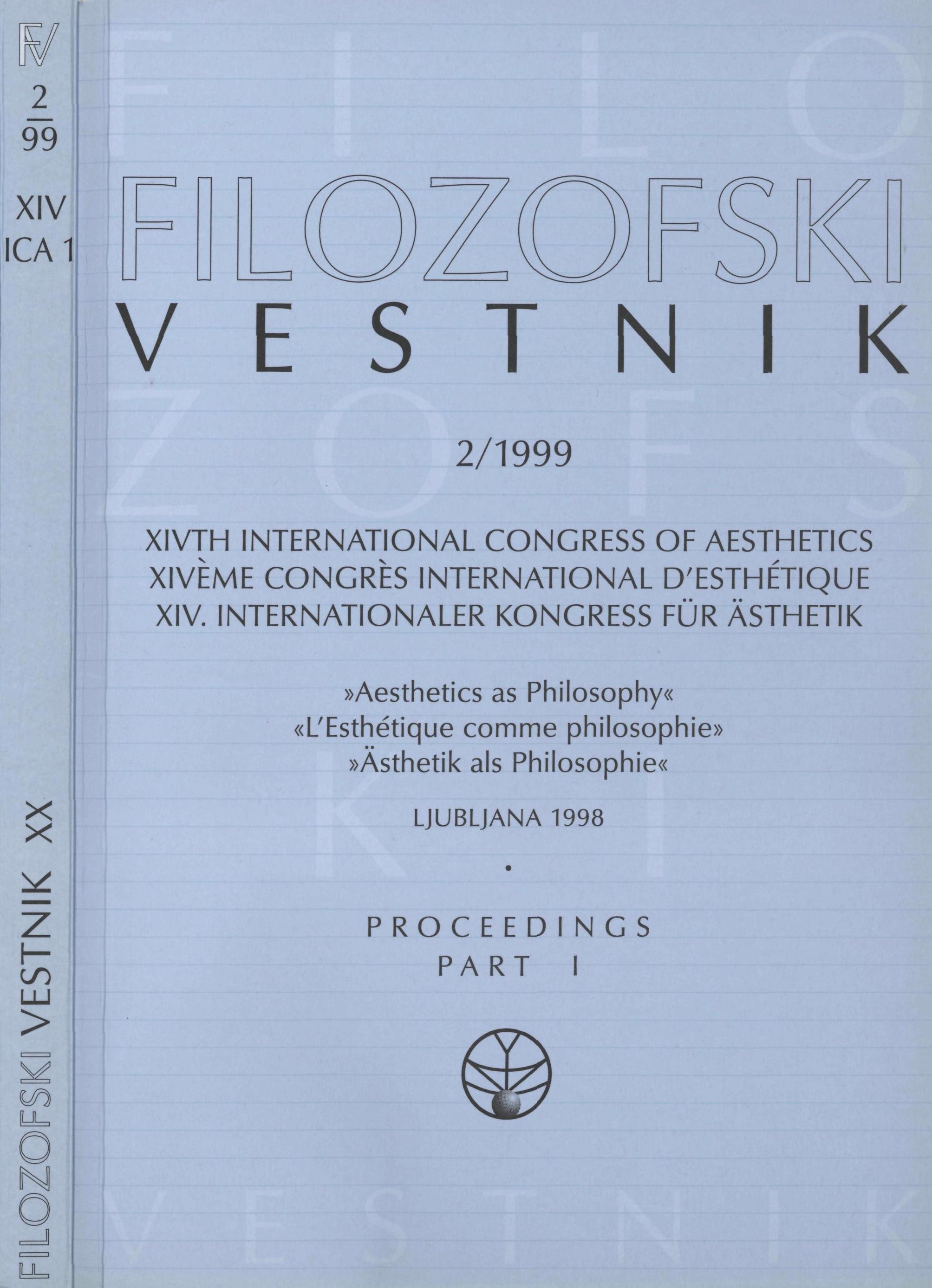History and Everyday Life
Povzetek
In times of modernism, one of the most used and abused functions of art was its ability to produce meaning, make sense and promote social values and ends. For a long time it was believed that the business of artist and art is to promote history, while treating everyday life as its opposite was viewed as being of lower value and demanding less skill. This changed only in times of dissatisfaction with the outcome of history and in times of revolution, when the function of art became to invade, occupy and colonise everyday life – only to promote it as a decisive battlefield for historical goals and ends. It was often claimed that the post-modern conditions were to be the end of such projects. In socialist countries the reception of post-modern issues occurred under totalitarianism at its last gasp, while the desanctification of history, combined with the decolonisation of everyday life, were here strategic ends in a struggle for political and human emancipation as well. What happened after the fall of the Berlin Wall? Do we all live in the same world of the end of all ends? To answer this question, we have to examine art of the fall.Prenosi
Podatki o prenosih še niso na voljo.
Prenosi
Objavljeno
2016-01-26
Kako citirati
Kreft, L. (2016). History and Everyday Life. Filozofski Vestnik, 20(2). Pridobljeno od https://ojs.zrc-sazu.si/filozofski-vestnik/article/view/4075
Številka
Rubrike
Articles
Licenca
Avtorji jamčijo, da je delo njihova avtorska stvaritev, da v njem niso kršene avtorske pravice tretjih oseb ali kake druge pravice. V primeru zahtevkov tretjih oseb se avtorji zavezujejo, da bodo varovali interese založnika ter da bodo povrnili morebitno škodo.
Podrobneje v rubriki: Prispevki





